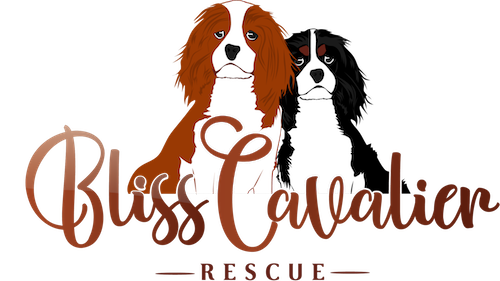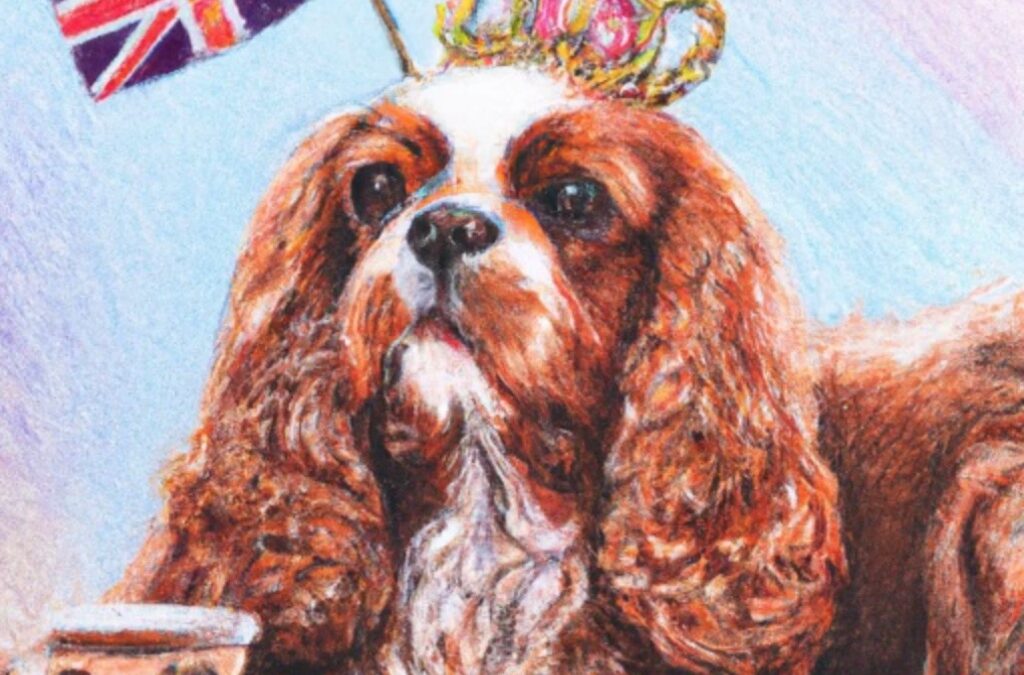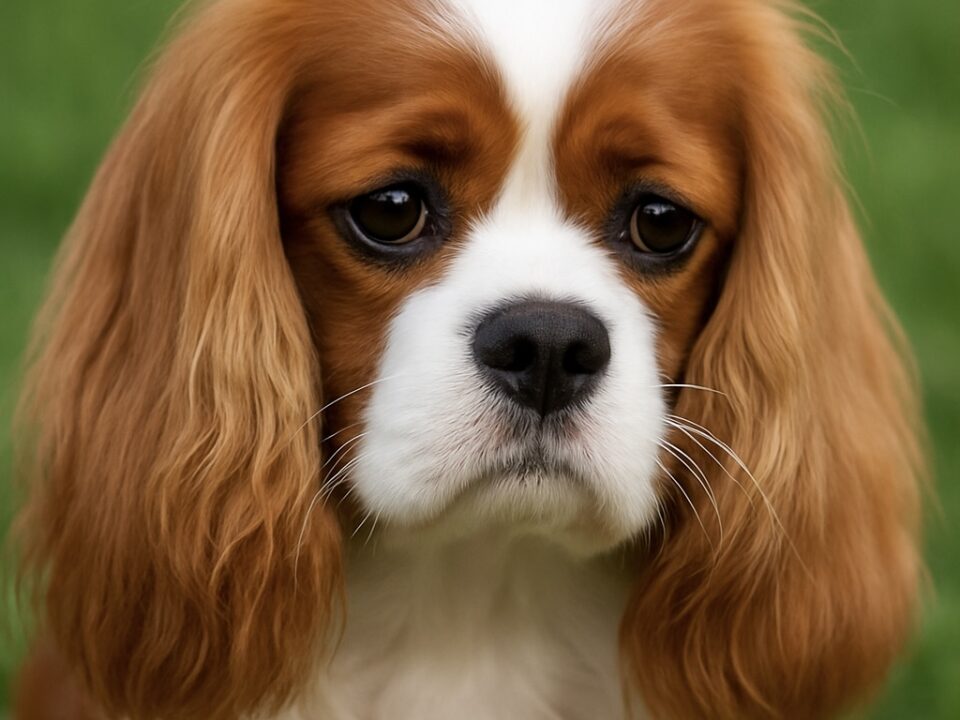The History of the Cavalier King Charles Spaniel

Understanding and Treating Ear Mites in Cavalier King Charles Spaniels
18 July 2023
Pros and Cons of owning a Cavalier King Charles Spaniel
23 July 2023The Cavalier King Charles Spaniel, a beloved breed known for its warm temperament and affectionate nature, has a rich history intertwined with British royalty and an enduring legacy that has been shaped by challenges, most notably concerning health issues.
Origins and History
The breed’s association with British royalty can be traced back to the 16th, 17th, and 18th centuries when they were often portrayed in paintings alongside their royal masters. However, the breed as we know it today originated in the early 20th century. In the 1920s, an American named Roswell Eldridge embarked on a quest to find and reestablish the traditional long-nosed variety of the Toy Spaniel, akin to the ones seen in old paintings. The contemporary ‘short-faced’ King Charles Spaniels were a far cry from the ‘long-faced’ dogs that were depicted alongside King Charles II in historical artwork.
Eldridge persuaded the Kennel Club in 1926 to offer prizes for five years at Crufts Dog Show for the best dog and best bitch that resembled the ‘long-faced’ variety. Despite initial skepticism and challenges, by 1928, a dog owned by Miss Mostyn Walker, Ann’s Son, was awarded the prize. The same year marked the founding of a breed club, where the name Cavalier King Charles Spaniel was chosen. The breed standard was established at the first club meeting, and efforts were made to maintain the breed’s natural appearance and guard it against the influence of fashion trends. The Cavalier King Charles Spaniel gained recognition as a separate breed by the Kennel Club in 1945.
The history of the Cavalier King Charles Spaniel in the UK is a tale of revival and endurance. The breed’s noble and charming nature has persisted despite many health challenges, continuing to win hearts across the world.




